Death of Brazil’s ‘Man of the Hole’ Highlights Issues Faced By Country’s Indigenous Tribes
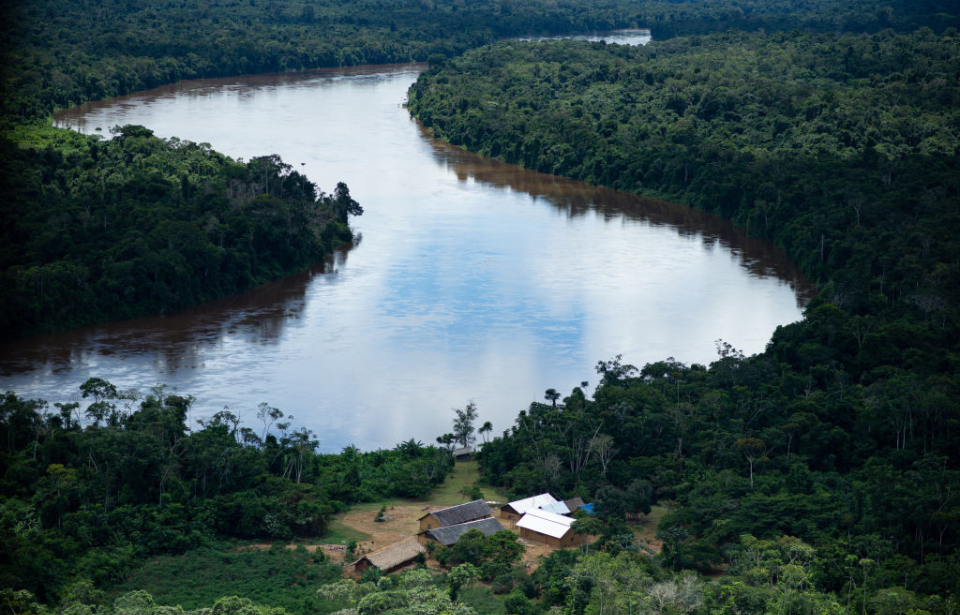
The last living member of an uncontacted tribe in the Brazilian Amazon has passed away. Nickamed the “Man of the Hole,” he was the only one to survive the years of violence his group contended with, and his struggles and life highlight the continued threats faced by the Brazil’s Indigenous population.
Brazil’s Indigenous population
The Brazilian Amazon is home to more Indigenous tribes than anywhere else in the world. Numbers differ depending on the source, with estimates placing the total groups anywhere from 100 to 304. Many have been deemed as “uncontacted” or “isolated,” meaning they avoid contact with outsiders.
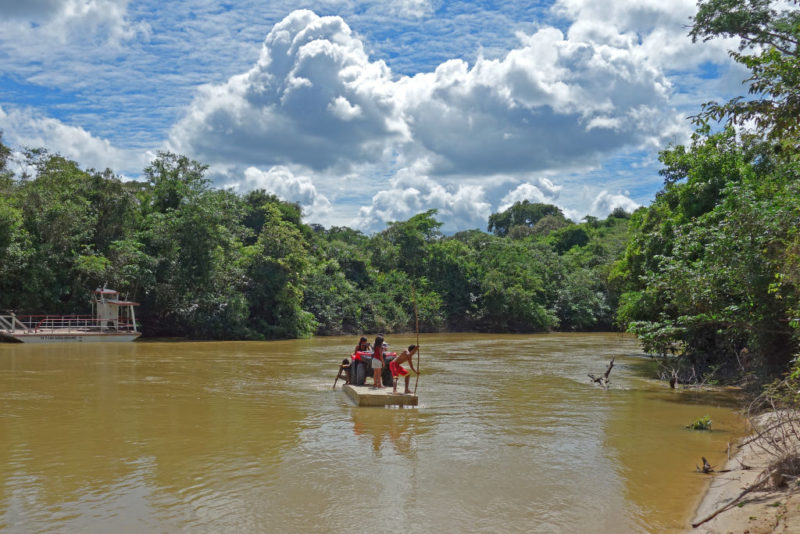
Among those who are uncontacted are the Piripkura people of the Mato Grosso. Numbering 20 in the 1980s, the tribe now only consists of three members who are unable to sustain the group: an infertile female and two men.
Another tribe is the Kawahiva of the Rio Pardo. Also residing in the Mato Grosso, little is known about them. According to the Fundaçāo Nacional do índio (FUNAI), Brazil‘s Indigenous protection agency, its membership once totaled 50.
However, this number has since decreased, largely due to the fact they’re constantly fleeing from loggers. This means they’re no longer able to cultivate the land and must solely rely on hunting and fishing. Such a nomadic life is inconducive for childbearing.
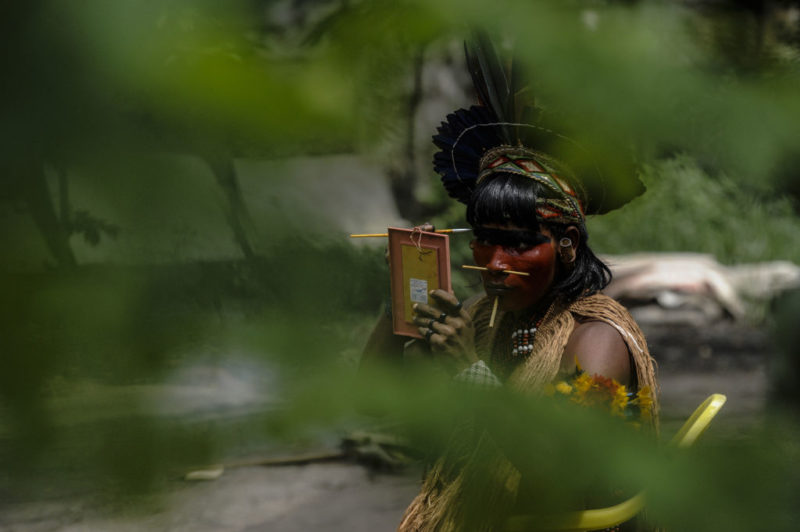
Brazil’s Indigenous population continues to be threatened by urbanization and a capitalist economy. As urban settlements expand, the land these tribes call home shrinks. As well, it’s not uncommon for miners, loggers and cattle farmers to take areas by force.
If tribespeople are not killed during these encounters, it’s likely they’ll fall victim to diseases they have no immunity to. As such, it’s not unusual for half a tribe to be wiped out within a year of first contact.
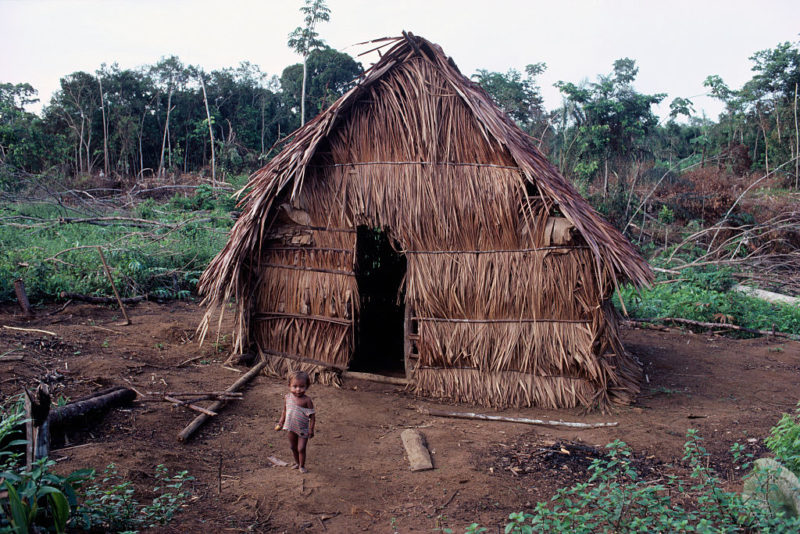
One way these tribes are protected is through the establishment and enforcement of protective policies. However, for them to be protected, their existence must first be known. This isn’t always possible, as Indigenous expert Guilherme Martins told The New York Times:
“Many of these ethnic groups become extinct without even the state or society being aware of their extinction, which is very serious. So long as the FUNAI management does not officially confirm them, it will not protect their land, it will not establish a base, and it will not demarcate their land.”
A tribe wiped out in just two decades
According to Survival International, the Man of the Hole was a member of a now-extinct tribe whose name remains unknown. Local accounts have led experts to believe the group lived on the Tanaru Indigenous land, located deep within the western Amazon in Rondônia state, near the Brazilian border with Bolivia.
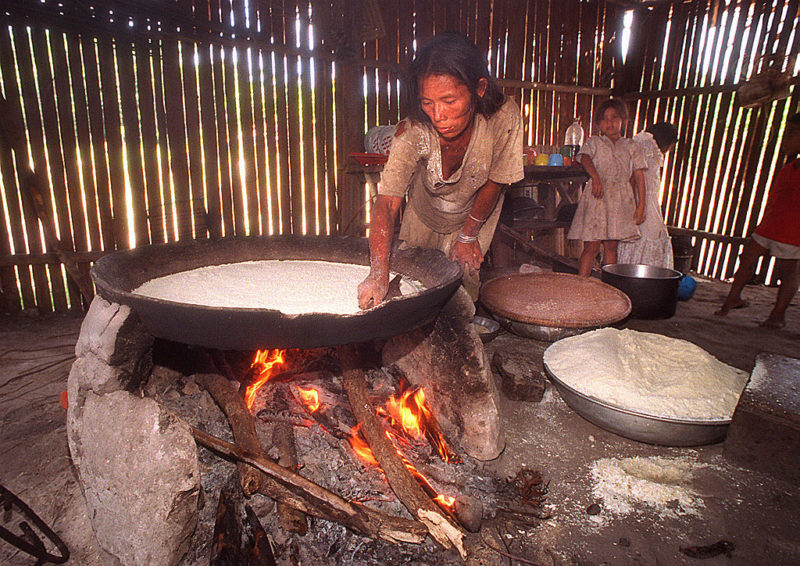
These accounts, along with evidence collected from another uncontacted tribe, suggest the man’s group was wiped out by attacks which began in the 1970s. These were largely committed by cattle ranchers, illegal miners, loggers and land grabbers.
Two attacks are known to have occurred, with others suspected. The first involved poisoned sugar. The second, which occurred in 1995, saw the six remaining members killed by miners.
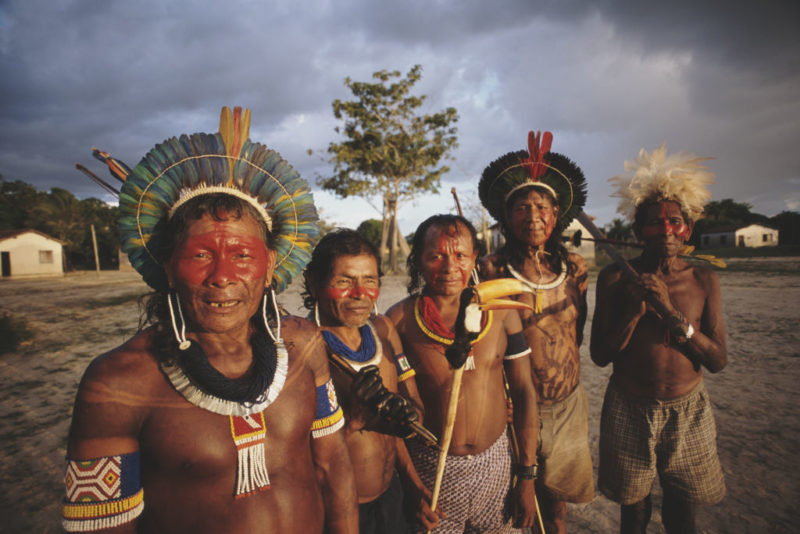
While this is the first recorded extinction of an uncontacted tribe in Brazil, experts say there are others. It’s just that their existence, nor their disappearance, were never documented. Speaking about the Man of the Hole’s tribe, Fiona Watson, Survival International’s research and advocacy director, said:
“No outsider knew this man’s name, or even very much about his tribe – and with his death the genocide of his people is complete. For this was indeed a genocide – the deliberate wiping out of an entire people by cattle ranchers hungry for land and wealth.”
The “Man of the Hole”
The Man of the Hole was the sole surviving individual of the aforementioned Indigenous tribe. FUNAI first became aware of his existence on the Tanaru Indigenous land in 1996, and since then had kept tabs on him. He tended to avoid contact with outsiders, meaning his name and language were unknown.
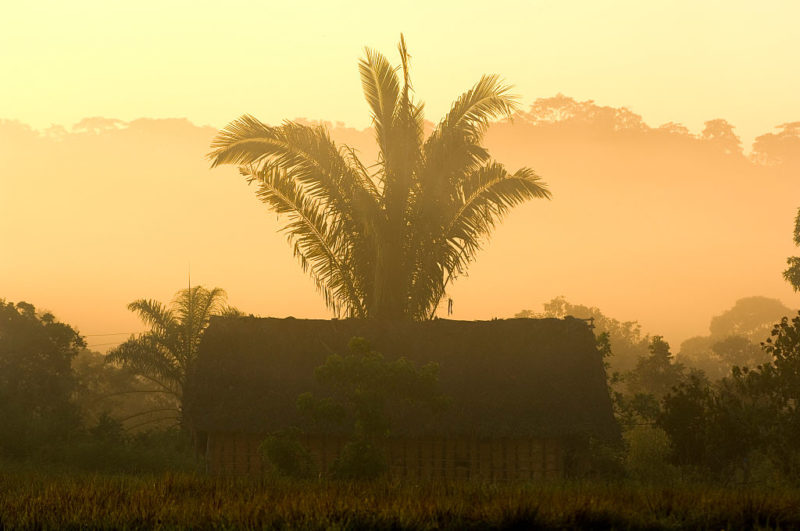
The Indigenous man earned the nickname the “Man of the Hole” due to his habit of digging holes both within his handmade straw huts and outside of them. Narrow and over six feet deep, their purpose remains unknown. However, it’s believed he hid in them and used them to trap animals, as some had sharpened spikes at the bottom.
There are also some who speculate the holes served a spiritual purpose.
Despite avoiding contact with outsiders, FUNAI kept a regular watch on the Man of the Hole, sometimes leaving him tools and seeds. He was aware he was being tracked and would sometimes signal to officials the locations of his holes, to prevent them falling in.
To protect him, FUNAI declared his home a protected area. However, this didn’t stop trespassers from encroaching and he was attacked by gunmen in 2009. Thankfully, he wasn’t severely injured and survived the encounter.
What was known about the Man of the Hole is based on what he left behind. He’s known to have hunted wild game and collected honey and fruit. He also planted an array of crops, such as corn, maize, papaya and manioc, and resided in well over 50 huts over the 26 years he was observed.
In 2018, the last known video of the man was released, showing him hacking a tree with an axe-like tool. He appeared to be in good health at the time. The clip was released by FUNAI to raise awareness of the threats faced by Brazil’s uncontacted people.
“Man of the Hole” found deceased
On August 23, 2022, the Man of the Hole’s body was discovered by FUNAI officials in a hammock outside one of his straw huts. There were no signs of violence or a struggle, with those at the scene saying he was found “lying down in the hammock, and ornamented [with macaw feathers] as if waiting for death.”
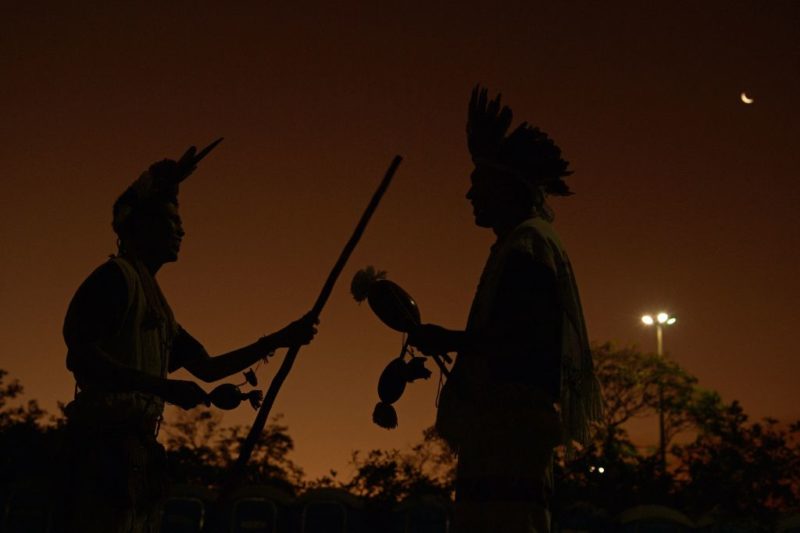
It’s believed the man died of natural causes sometime in July, at around 60 years of age. His body was delivered to the Brazilian Federal Police for a forensic examination, to determine if he’d contracted some sort of illness or disease.
Speaking about the Man of the Hole’s death, Fiona Watson said, “He symbolized both the appalling violence and cruelty inflicted on Indigenous peoples worldwide in the name of colonization and profit, but also their resistance.
“We can only imagine what horrors he had witnessed in his life, and the loneliness of his existence after the rest of his tribe were killed, but he determinedly resisted all attempts at contact, and made it clear he just wanted to be left alone.”
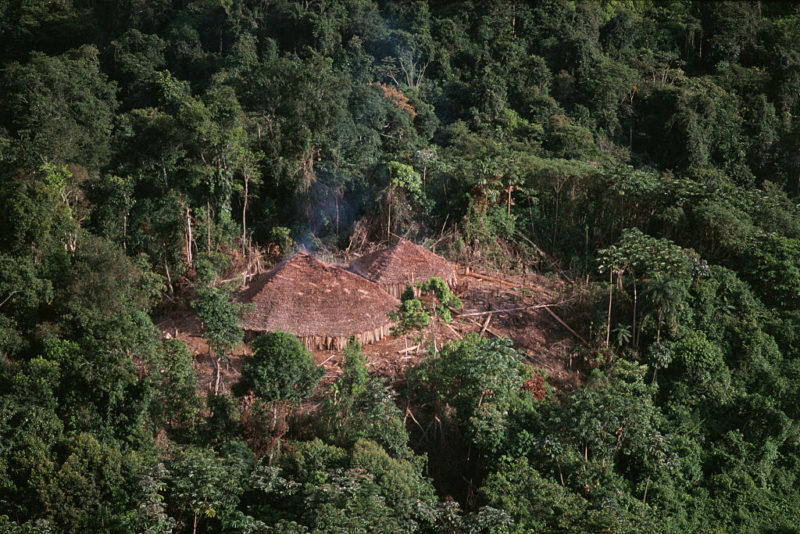
More from us: A Man Spent 72 Hours Locked In a Room with 72 Venomous Snakes
In the days after the man’s death, Indigenous expert Marcelo dos Santos said he should be laid to rest in the area where he lived and died. dos Santos also added that Brazilian officials should construct a memorial and designate the area as a protected site, to prevent it being invaded and degraded.
This request has been supported by Indigenous rights groups across the country.
